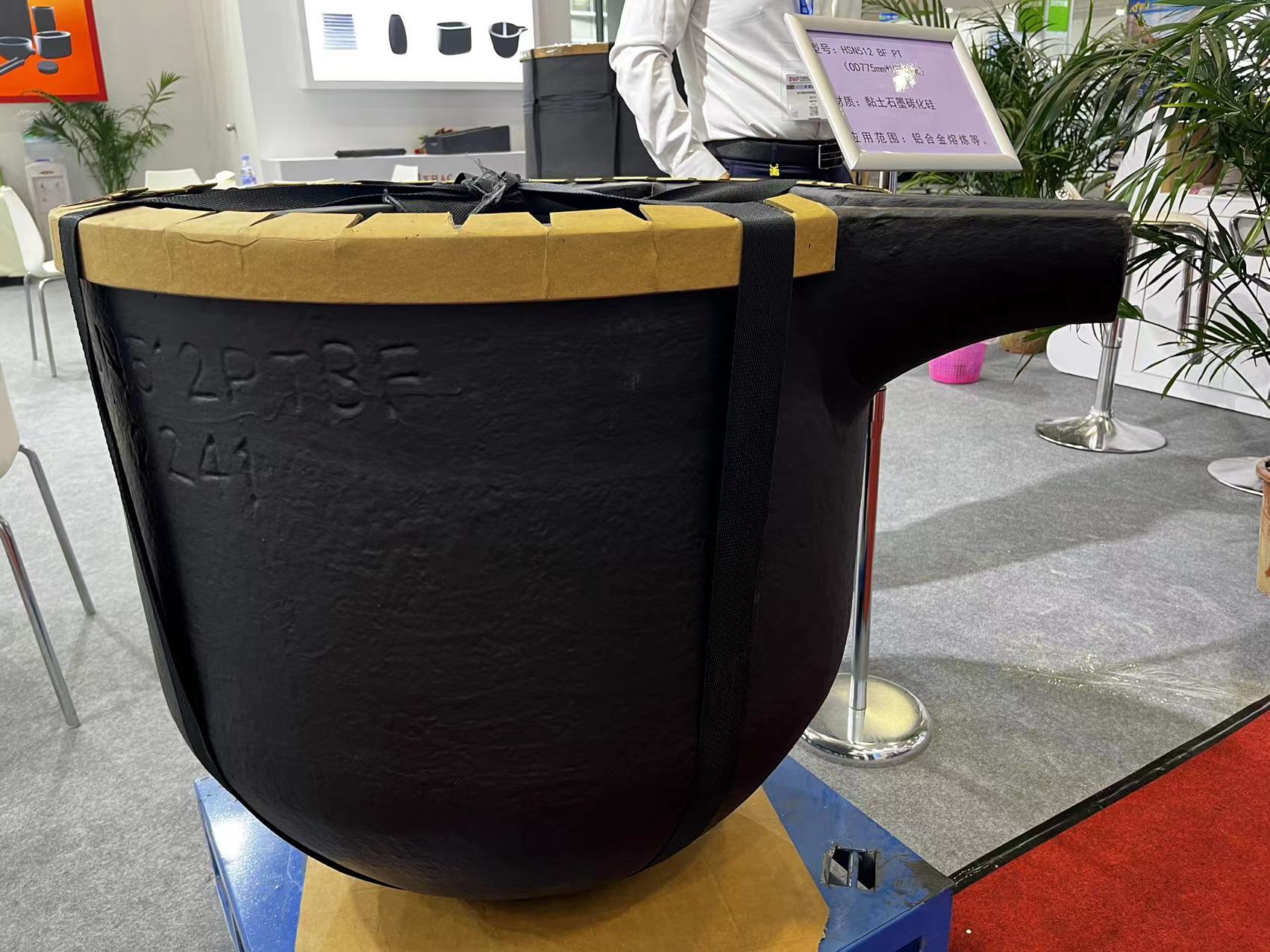
In the world of metallurgy and materials science, the crucible is an essential tool for melting and casting metals. Among the various types of crucibles, graphite silicon carbide (SiC) crucibles stand out for their exceptional properties, such as high thermal conductivity, excellent thermal shock resistance, and superior chemical stability. In this article, we will delve into the recipe for graphite SiC crucibles and explore how their composition contributes to their remarkable performance in high-temperature applications.
The Basic Ingredients
The primary components of graphite SiC crucibles are flake graphite and silicon carbide. Flake graphite, usually constituting 40%-50% of the crucible, provides excellent thermal conductivity and lubricity, which helps in the easy release of the cast metal. Silicon carbide, making up 20%-50% of the crucible, is responsible for the crucible's high thermal shock resistance and chemical stability at elevated temperatures.
Additional Components for Enhanced Performance
To further improve the high-temperature performance and chemical stability of the crucible, additional components are added to the recipe:
- Elemental silicon powder (4%-10%): Enhances the high-temperature strength and oxidation resistance of the crucible.
- Boron carbide powder (1%-5%): Increases the chemical stability and resistance to corrosive metals.
- Clay (5%-15%): Acts as a binder and improves the mechanical strength and thermal stability of the crucible.
- Thermosetting binder (5%-10%): Helps in binding all the components together to form a cohesive structure.
The High-End Formula
For applications demanding even higher performance, a high-end graphite crucible formula is employed. This formula comprises 98% graphite particles, 2% calcium oxide, 1% zirconium oxide, 1% boric acid, 1% sodium silicate, and 1% aluminum silicate. These additional ingredients provide unparalleled resistance to high temperatures and aggressive chemical environments.
Manufacturing Process
The preparation of graphite SiC crucibles involves a meticulous process. Initially, flake graphite and silicon carbide are mixed thoroughly. Then, elemental silicon powder, boron carbide powder, clay, and the thermosetting binder are added to the mixture. The blend is then pressed into shape using a cold press machine. Finally, the shaped crucibles are sintered in a high-temperature furnace to enhance their mechanical strength and thermal stability.
Applications and Advantages
Graphite SiC crucibles are widely used in the metallurgical industry for melting and casting metals such as iron, steel, copper, and aluminum. Their superior thermal conductivity ensures uniform heating and reduces energy consumption. The high thermal shock resistance minimizes the risk of cracking during rapid temperature changes, while their chemical stability ensures the purity of the molten metal.
In conclusion, the recipe for graphite silicon carbide crucibles is a fine-tuned blend of materials that provide a balance of thermal conductivity, thermal shock resistance, and chemical stability. This composition makes them indispensable in the field of metallurgy, where they play a crucial role in the efficient and reliable melting and casting of metals.
By understanding the components and manufacturing process of graphite SiC crucibles, industries can make informed choices for their specific applications, ensuring optimal performance and longevity of their crucibles. As technology advances, further enhancements in the recipe and manufacturing techniques of graphite SiC crucibles are expected, paving the way for even more efficient and sustainable metallurgical processes.
Post time: Mar-12-2024
